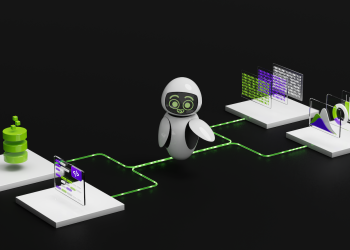in the long term category,” he said.
Google bought 8 gigawatts of renewable power in 2024, twice what it puchased in 2023. And while solar, wind, and batteries have been the main additions to Google’s portfolio in recent years, Terrell told TechCrunch that the company will need other power sources to allow its data centers to operate 24/7.
“There’s definitely a path with wind and solar and storage in regions where the resource is very strong,” he said, citing places like the Midwest, which has consistent winds, and the Southwest, which has mostly cloud-free skies. But other places, like the Southeastern U.S. and many countries in the Asia-Pacific region might be too cloudy or their power grids too fragmented to make traditional renewables work.
To compensate for those shortfalls, one approach is to overbuild wind and solar, but that can get expensive quickly.
Technologies like fusion “actually bring the cost down of achieving high penetrations of carbon free energy,” Terrell said. “If you have these clean, firm technologies — even if they’re more expensive on a per megawatt-hour basis — if you’re sort of folding those into the portfolio, it actually brings your overall portfolio costs down.”
Mumgaard is confident that CFS can deliver power to Google in less than a decade, and when that happens, he thinks that demand for fusion will skyrocket.
“It doesn’t depend on geography or weather, doesn’t depend on access to special materials. It’s something that you could run 24/7,” he said. “We expect that fusion can have a really big payoff because once it’s shown that you can do this and you have a first power plant up and running, you could scale it. You could build this around the world.”









